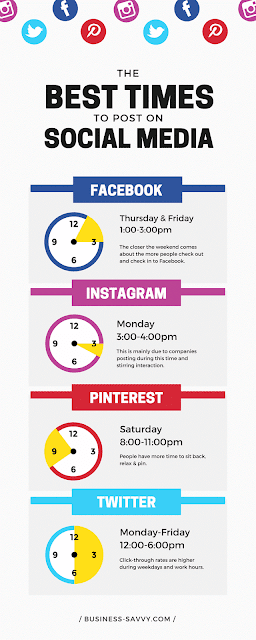GETTING USED TO THE BLOGGER DASHBOARD
Hello friends. Hope the last post, “how to create your blog for free” was helpful. I’m pleased to
inform you that I’ll be starting a series of posts which I’ll break into
several episodes. They’ll be based on customizing
your blog’s design. Also, please note that posts on these series will be
posted on Mondays and Fridays only of each week till the
episode comes to an end. For those who chose to use WordPress, we’ll also give
you an episode on the WordPress design and customization.
How to get used to the blogger interface
T
|
he blogger newbie might be wondering how to get his hands
around the blogger interface. For beginners, it might seem a little blurry but
soon we’ll help you get used to it. You must have logged into your blog on your
device by now, so, simply go to www.blogger.com
What shows up in front of you is a page with a couple tabs
by the top left-hand corner, Google blogger’s latest update, a summary of your page
view stats, a couple stats showing the number of comments awaiting moderation,
number of published comments, the day’s page views, the total number of posts
on your blog and the number of followers you have on your blog. You’ll see News
from Blogger right below the page view stats, Google’s Ads and then a Blogger
guide just by the bottom right-hand corner.
The blogger tabs
The blogger tabs
contain about eleven (11) tools on the Blogger interface. We’ll discuss them briefly.
1.
New Post: This is where you click to share your new post, image, link or video with your audience.
2.
Overview: This is the default page that is pulled up
when you come to the Blogger site. It contains everything listed above.
3.
Posts: Here, blogger shows you the posts on your
blog. It categorizes them into three:
I.
The published
posts: These are the posts that have been published.
II.
Drafts:
These are posts that have been saved though not published.
III.
Scheduled
posts: These are posts that you’ve scheduled
to be published at a later time.
Note also that in the
posts tab, you have options of editing, viewing, sharing or deleting your
posts.
4.
Pages: A list of
standalone page you have on your blog are displayed here. They may include your
privacy policy or a page about you. It contains draft pages, published pages
and imported pages.
5.
Comments: This tab displays the comments on your blog. It
is categorized into published and spam comments.
6.
Stats: This is one page that could prove a distraction
to you in your blogging career. (Sometimes, you could get so overwhelmed
with it that you’re constantly pulling it up. Well, simply resist that
temptation. Don’t let the number of views you get on your blog as a beginner
becloud your mind). Here, you are shown
an overview of your stats, stats for each blog post, your traffic sources and
your audience.
7.
Earnings: this is one tab
most people quickly check out. At the beginning of your blogging career, it is
inactive. Well, this is where those who want to monetize their blog through the
Google AdSense program will be registering. You will only be shown a link that says,
“How to qualify for AdSense.” However, when your blog has reached the requirement of being active for 5-6 months, depending on
your location, the tab becomes active and then you can join the AdSense
program.
8.
Campaigns: If you’re looking
to get traffic quickly or grow your audience, you should subscribe to Google’s Ad
words program where they’ll advertise your blog and you pay only when your blog
link gets clicked. You can join this by clicking,” Start now.”
9.
Layout: This is a very important part of your blog.
It is here, you dictate “who appears where and how” on your blog. You can edit,
remove and add gadgets from here.
10. Template: This is the “behind the scenes of your blog.” It is
here you edit your blog’s design. You can choose one of Blogger’s ready
templates or you can design yours by editing the HTML code of your blog. It is advised that you always back up
your original template before editing the codes.
11.
Settings: This, as the
name implies, is where you edit your blog’s main settings. From the basic settings,
posts, comments and sharing, Email, language and formatting, search preferences
and others, all can be changed here
Hope our post was helpful? Please,
comment in the comment box below. Do you have any challenges about getting
around the Blogger interface? We’ll love to help you out. Watch out for our
next blog post, “(Episode 1) 3 Basics of blog design”. It’ll be posted on Friday, June 11th. Don’t want to miss any post, simply provide
your email in the subscriber form and we’ll send you updates. Thanks. Do visit
again!




Comments